Kolkata’s Roxy: History on the Big Screen Again - GetBengal Story
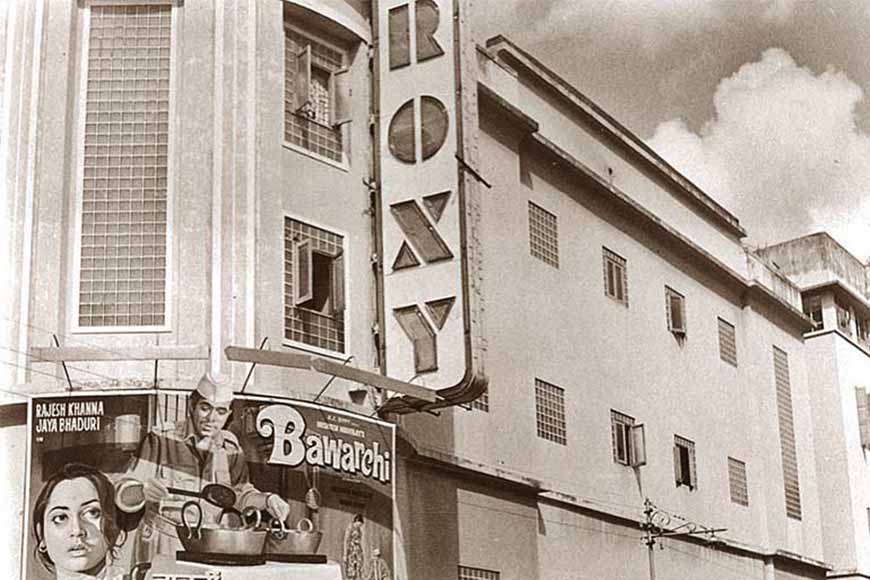
Single-screen theaters in Kolkata are embedded in the city’s past—it has become an intrinsic part of its identity. These theaters formerly beamed as the locus of entertainment of the common folks, where clerks, teachers, doctors, and drivers could all sit in the same hall. Crowds could be anywhere from eight to eighty. The cinemas such as Bijli, Ujjwala, Bhavani, Chhaya, Mitra, Rupabani, Shree, Uttara, Radha, Khanna, Darpana, Minar, Beena, Purnashree, Bidushree, Surashree and Talky Show House have disappeared, slowly erasing the city’s theaters. In the 1990s, nearly a thousand single-screen theaters existed in Bengal: now, just over a hundred remain, and most are on their last legs. Yet all hope is not lost. Private venture has revived Globe, while government funded Binodini Theater (Star) continues to run.
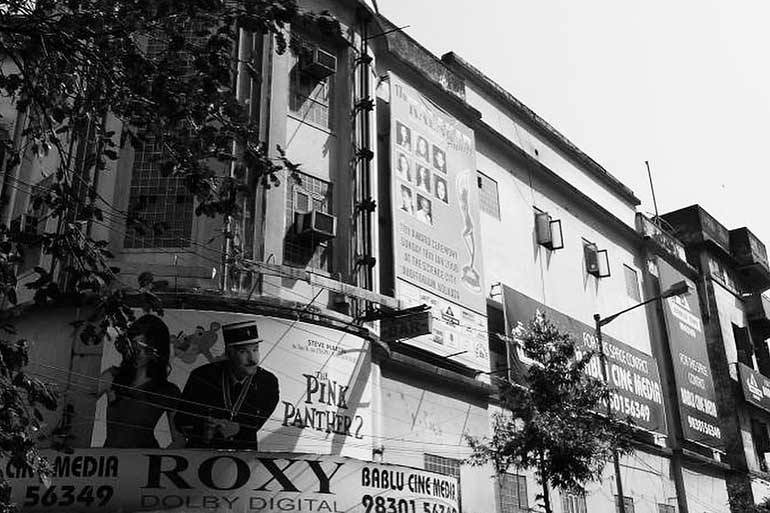
Now it is Roxy Cinema’s turn. According to Kolkata Municipal Corporation (KMC) sources, Roxy will be restored soon. KMC has already signed an MoU with CREDAI (The Confederation of Real Estate Developers' Associations of India) for the project. CREDAI will spend around five crore rupees reviving Roxy, which will be remodeled as an auditorium in the modern style. With work to start soon, the construction company is aiming to finish the work by March next year.
Roxy Cinema is a place with some rich history, located at 4A and 4B, Chowringhee Place. Roxy was given heritage status and first opened in 1908 as an opera house. Legends like Rabindranath Tagore and Subhas Chandra Bose, Shishir Bhattacharya, Satyajit Ray, and Uday Shankar all trod its floors. During the War, the military commandeered Roxy to use as barracks for military ground troops.
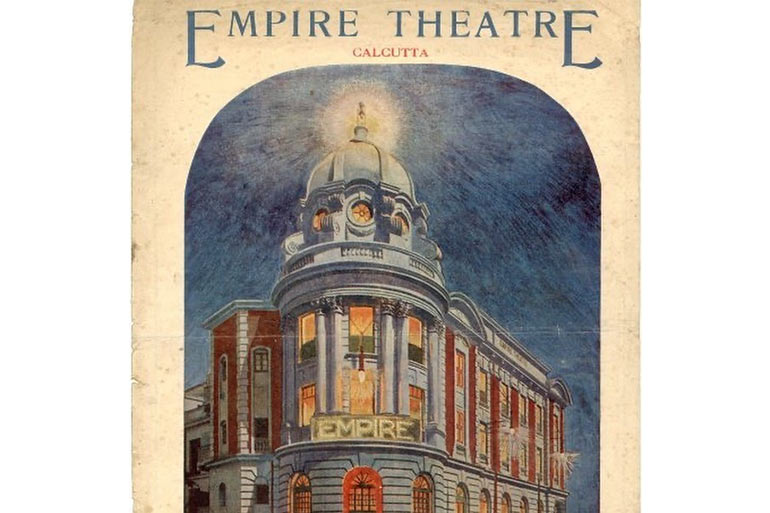
Before it became a cinema, Roxy was known as the Empire Theatre, built last century through the efforts of renowned theater personality Maurice Bandmann and Arathoon Stephen, founder of the Grand Hotel, opposite today’s KMC headquarters. In 1919, Rabindranath Tagore delivered his lecture, The Center of Indian Culture, here. In 1923, at the age of 62, Tagore performed as Jaysingh in his play Bisarjan. During the 1930s, numerous of his plays were staged at the Empire Theatre.
In the 1940s, Empire Theatre became Roxy Cinema. Its first screening in 1941 featured Ashok Kumar in Naya Sansar. The second film, Basant, ran for 50 weeks. It is said that Netaji Subhas Chandra Bose even came to watch Ashok Kumar in Kismet here.
Over a century ago, the building was leased to Bengal Properties for 99 years. Roxy is listed under Heritage Grade 2(A). Renovation work was carried out in 2005, but the lease expired in 2007–08. The KMC board at the time was unable to reclaim the property. Efforts to regain possession resumed in 2010. Though Bengal Properties applied for a new lease, they could not meet KMC’s financial conditions. The matter reached the courts, and KMC ultimately won, reclaiming ownership. Restoration work began in 2017 following the court ruling.
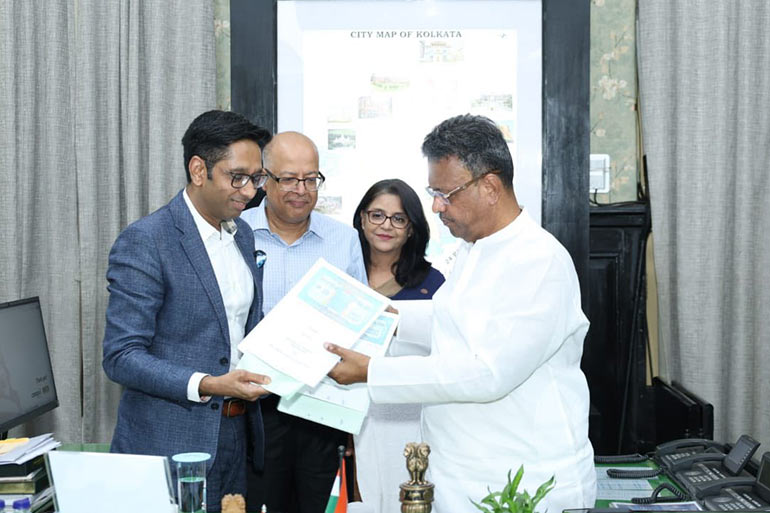
The last screening at Roxy Cinema took place on March 12, 2020, right before the COVID-19 pandemic. That building served a purpose during the pandemic for municipal Aadhaar work and was a vaccination center as well. This historic building, with a history of Rabindranath and Netaji, will now become government offices. The KMC has considered moving its advertising, market, and property assessment departments from its main building to Roxy. The Heritage Conservation Committee has approved its use for municipal purposes.
While demolition and complete reconstruction were initially considered, it has now been decided that the building will be restored and preserved. Roxy will be redesigned along the lines of Mumbai’s Eros Cinema. Its architecture is unique, with touches of Art Deco. It is Kolkata’s only semi-circular hall and boasts several technical innovations: it was built so that microphones weren’t needed—the acoustics carried sound perfectly throughout. With seating across three levels, a semi-circular balcony, vertical strip designs, ornate grills, a circular white marble staircase, and a ‘dress circle,’ Roxy was top-class in every detail. The dome atop the hall has become a city landmark.
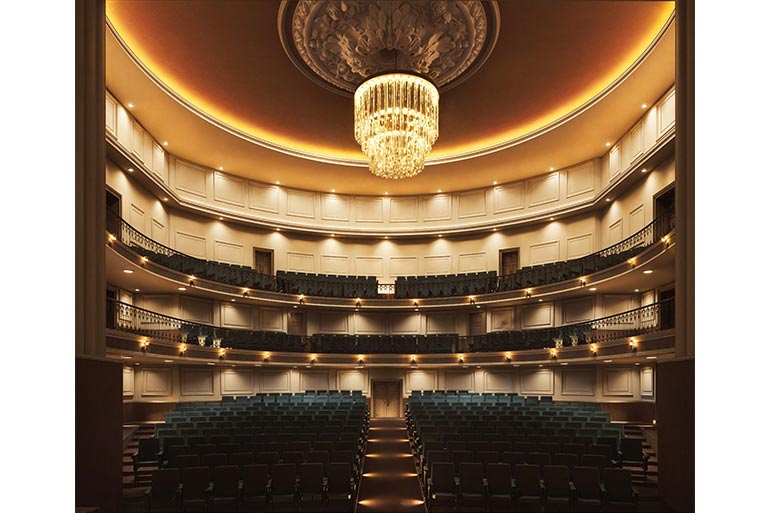
The interior will be restored while preserving the 20th-century Art Deco style, under CREDAI’s supervision. KMC will carry out the structural restoration of the exterior, accordingly frame on instructions from the Kolkata Heritage Committee
.
This 117-year-old cinema, once a beacon of pride for 100 years in the heart of Kolkata, is receiving new life. It is very unusual in developing nations like India to see government so devoted to preserving history and heritage as seen here. If Roxy is received well, it could set an important precedent for the preservation of other local, archaic single-screen cinemas.
Note:
Translated by Krishnendu Mitra
To read the original Bengali article, click here.










